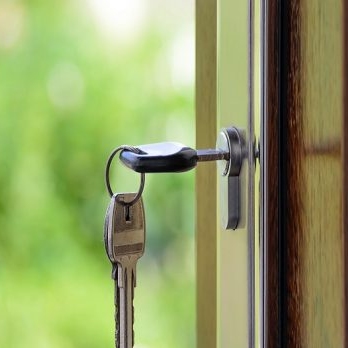It is designed to ensure that all rented accommodation is fit for human habitation and will strengthen tenants’ means of redress against landlords who do not fulfil their legal obligations to keep properties safe.
It is important to note that there are no new or additional obligations for landlords under this Act. The Landlord and Tenant Act 1985 has been amended to require all landlords (private and social) to ensure that their properties, including any common parts of the building, are fit for human habitation at the beginning of the tenancy and throughout.
Landlords have always had an obligation during the tenancy to ensure that the property is safe and free from anything that can cause tenants serious harm, as well as ensuring that there are no issues with the property that could cause any adverse health issues to a tenant.
There are of course, exceptions to these obligations, mainly where the ability to ensure the safety of the property are out of the landlord’s hands. For example, problems caused by the behaviour of the tenant; “acts of God” such as floods, storms or fires; and if the landlord is required to obtain permission from others, such as council planning permission or freehold owners if in a block of flats. A landlord is also not required to make any repairs to items still in the property but that belonged to previous tenants, such as furniture or white goods.
The courts will decide whether a property is fit for human habitation by considering the matters set out in section 10 of the Landlord and Tenant Act 1985. These are whether:
- the building has been neglected and is in a bad condition
- the building is unstable
- there’s a serious problem with damp
- it has an unsafe layout
- there’s not enough natural light
- there’s not enough ventilation
- there is a problem with the supply of hot and cold water
- there are problems with the drainage or the lavatories
- it’s difficult to prepare and cook food or wash up
- or any of the 29 hazards set out in the Housing Health and Safety (England) Regulations 2005
The Act differs from the Housing Health and Safety Rating System as the property is judged on its condition as it as, and whether that condition is unsuitable for the actual person who lives in the property. This in effect gives rise to consider a person’s circumstance and offers protection to the elderly or vulnerable through health conditions or other disabilities who may be living in sub-standard conditions.
This Act will not change anything for the majority of landlords who have safe and secure properties, but for the minority who are continuing to operate to the disadvantage of the tenant, this legislation is a welcome feature for those tenants.




